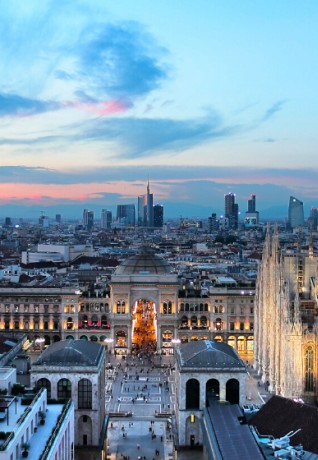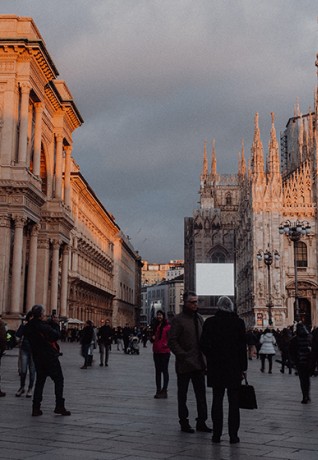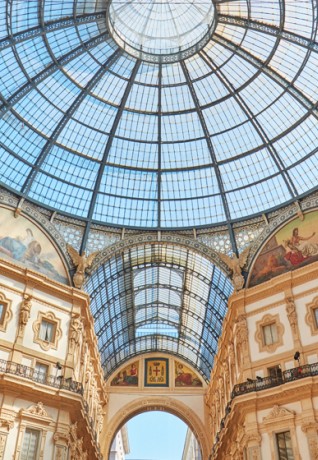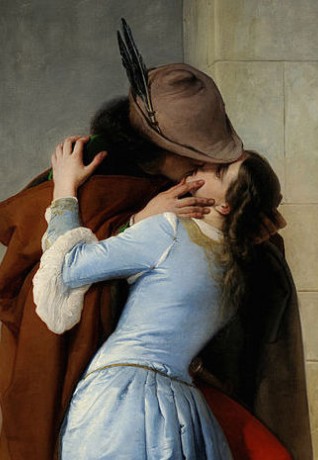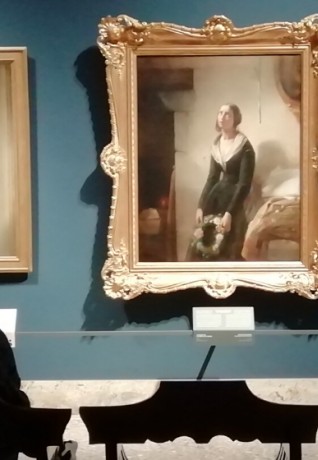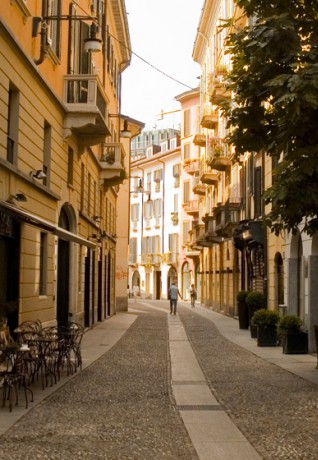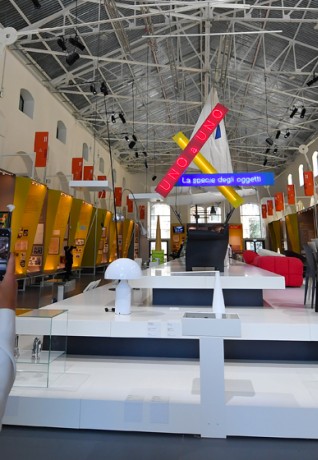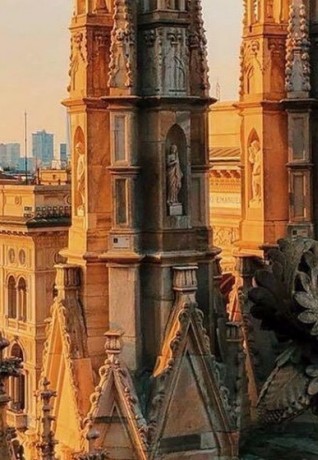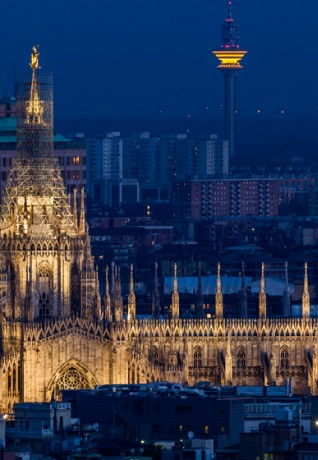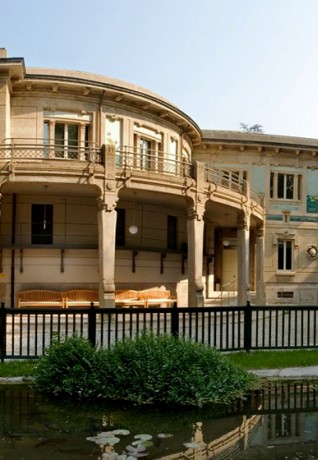Three museums to (re)discover in Milano
Yes, because one visit might not be enough!

Some museums deserve more than a visit, because being there once is not enough. Milano is a real mosaic of exhibition venues: in order to help you find your way in this very rich cultural offer, we have chosen three Milanese museums to (re)discover. Whether you are residents or tourists on your first (or second) visit to Milano, be sure these places will surprise you again and again.
A former industrial plant of about 15,000 sqm, that first belonged to the Breda plant and then to the Ansaldo Group, it was converted in 2004 by Pirelli Re into one of the largest dynamic exhibition spaces in Europe: Hangar Bicocca. This is a spectacular and experimental venue where contemporary art is produced, promoted and exhibited and where visitors are offered free admission.
The grandiose permanent installation that inaugurated the exhibition centre - The Seven Heavenly Palaces in reinforced concrete, by the German artist Anselm Kiefer - has been joined for over fifteen years by monographic and temporary group exhibitions of the greatest artists on the contemporary national and the international scene.
Originated by the purchase of antiquarian Jules Sambon’s prestigious collection of theatre memorabilia, the Museo Teatrale alla Scala has preserved traces of the passage of immortal artists, great composers and conductors over time. For all of them La Scala has been a second home. Among the Museum’s treasures are the original musical scores of the greatest Italian operas.
The Museum organizes guided tours of the theatre and a glimpse of the theatre stage from one of the balconies is always included in the visit (provided that no event, rehearsal or show is taking place- see the schedule published on the Museum website).
The Museo del Duomo was created with theidea of highlighting all the materials, whether used or discarded, having a part in the design and construction of the Cathedral. There are countless objects that arouse interest: in the ground floor rooms of Palazzo Reale you will have the opportunity to admire the original sculptures up close, and fully observe the colours of the marble and the details of some unique works of art, identical to those placed on the church at dizzying heights.

 Log in
Log in



